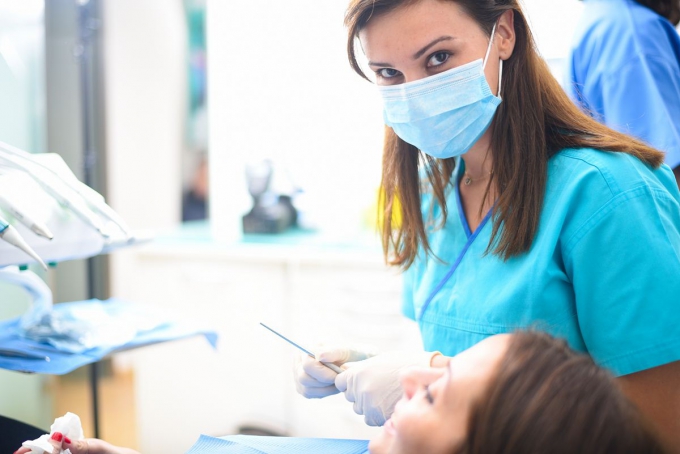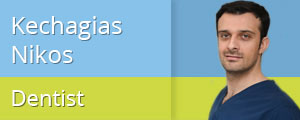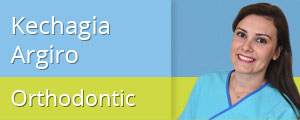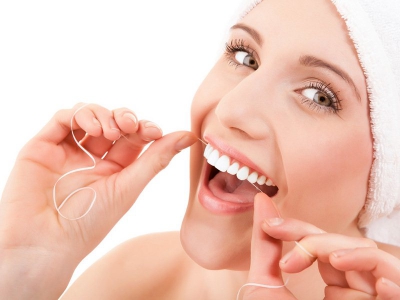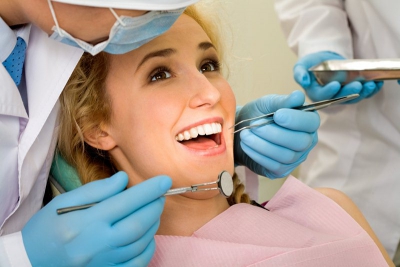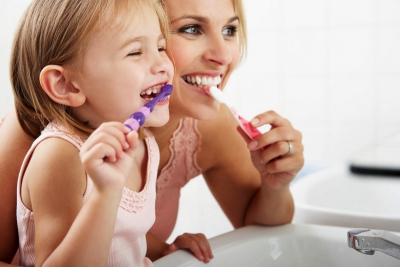What is orthodontics?
Orthodontics is a specialization of dentistry which aims in the correct function of the stomatognathic system as well as the facial aesthetics. Orthodontic treatment can influence the development of the jaws and face, straighten the teeth, and eliminate the factors that can make toothbrushing and oral hygiene difficult. In this way the appearance and the beauty of the face is improved.
Who is a Specialist Orthodontist?
The orthodontist is the specialized dentist who has done at least 3 years of postgraduate orthodontic studies after his graduation of the dental school. After proper examination in the Ministry of Health he acquires the specialist title in orthodontics.
Aetiology of orthodontic problems
The aetiology of orthodontic problems is multifactorial with the most important being the local factors as well as hereditary factors. For example, a child can heredit a small jaw from his mother but big teeth from his father and this has a consequence crowded (crooked) teeth. Another very important factor in the development of orthodontic problems are the bad habits like thumb sucking or prolonged use of a dummy.The anomalies of the jaws and the teeth of an individual can cause severe problems during the functions of speech, mastication (swallowing) and breathing. Crooked teeth make toothbrushing challenging and can cause development of caries (decay), gingivitis, and even loss of teeth in the long-term. Teeth that are prominent than normal are in danger of trauma in a very young age. Finally, teeth that do not occlude correct can cause problems in the temporomandibular joint (jaw joint). All the above can have a detrimental effect in the well being the self-esteem of the individual.
Ideal age for orthodontic treatment
It is often very difficult for the parents to realize when their child needs orthodontic treatment since there are often malocclusions where the front teeth appear straight. In general the orthodontic treatment takes place between 9-14 years old. However, around the age of 7-8 the child has enough permanent teeth in order for the orthodontist to diagnose if there will be a future malocclusion. The orthodontics examination at an early age can be very important, since in many circumstances the early diagnosis and prevention makes the future treatment easier for the patient and the doctor. More specific the early orthodontic treatment has as a result the avoidance of extraction of permanent teeth and better control of skeletal problems since the orthodontist can influence the skeletal growth if the patient is still growing.
Orthodontics in Adults
In recent years, orthodontics have an increased popularity among adults which were not treated in younger age. During the adult orthodontic treatment, the collaboration of multiple dental specialties is necessary in order to have a complete functional and aesthetic result.
Different kinds of appliances used in orthodontics
Removable braces
These are appliances that can be removed by the patient himself. They are most commonly used in order to change the shape of the dental arch (i.e expansion) as well as in order to influence the skeletal growth of the jaws. These appliances are often used in pre adolescence and adolescence age. The advantages of these appliances are that can be removed during mastication and they can easily be cleaned. Unfortunately, their disadvantage is that their result depends on patients compliance.
Fixed appliances
Fixed appliances are the appliances that cannot be removed during the treatment. They are placed in the upper and lower jaw, for arch expansion, movement of teeth or anchorage control. Rarely, the fixed appliances are used to influence the skeletal growth if the patient is not compliant with the removable appliances.
Extra oral appliances
The extra oral appliances are like the headgear are appliances that are supported by the neck or the head of the patient and they are used to move teeth as well for the skeletal influence of the jaws.
Fixed appliances (Braces)
These are metallic or ceramic brackets which are placed by the orthodontist and in combination with elastic chains, coil springs and archwires are used for the movement of teeth and their final alignment in the arch.
Clear aligners (Invisalign)
Invisalign® takes a modern approach to straightening teeth, using a custom-made series of aligners created for each patient. Clear orthodontic aligners can straighten a patient's teeth without the wires and brackets of traditional braces. The aligners consist of a sequence of clear, removable trays that fit over the teeth to straighten them. These aligner trays are made of smooth, comfortable and virtually invisible plastic that you patients wear over their teeth. Wearing the aligners will gradually and gently shift teeth into place, based on the exact movements your orthodontist plans out for. There are no metal brackets to attach and no wires to tighten. Clear orthodontic aligners are suitable for patients with mild or moderate crowding, or minor spacing issues.
Unlike traditional braces, the trays can be removed for brushing, flossing, and eating. Because the trays are clear, patients can undergo this type of orthodontic treatment without the usual discomfort associated with regular braces. The best part about the whole process is that most people won't even know you're straightening your teeth.
Lingual Braces
Lingual braces are the latest method of moving teeth invisibly. They are an excellent system for aligning teeth at the same time as delivering improvements to your bite. Especially adults or persons with many professional activities, often ask for the possibility of an aesthetic or even "invisible" solution for their orthodontic correction. This can only be achieved when a lingual orthodontic appliance is used during treatment. The "invisible braces" are bonded on the internal (lingual) surface of teeth. A basic requirement for any orthodontic therapy is the existence of healthy periodontal tissues (absence of periodontal diseases). While the patient can feel the brackets with their tongue and, in the early days of treatment, may find eating and speaking a little challenging, no-one can see the braces. Invented in the 1970s, lingual systems have been refined over the years. Now that brackets are smaller and neater, they are more easily concealed at the back of each individual tooth and can treat almost all kinds of malocclusions.


